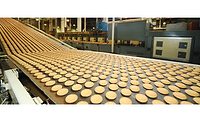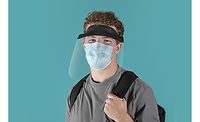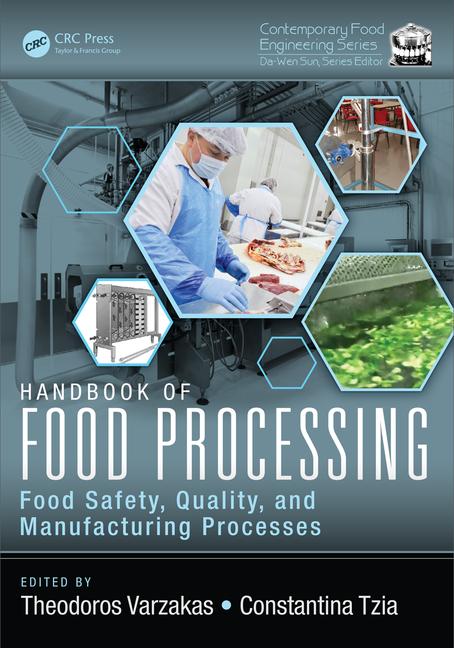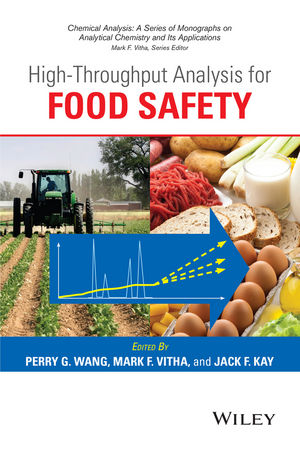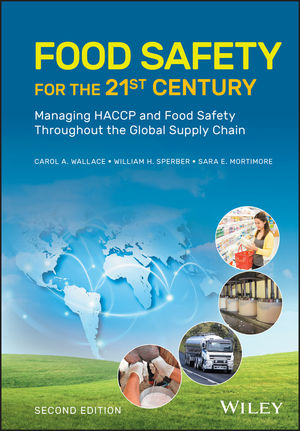Exclusive interview: Q&A with NSF International, on food manufacturing and COVID-19 exposure


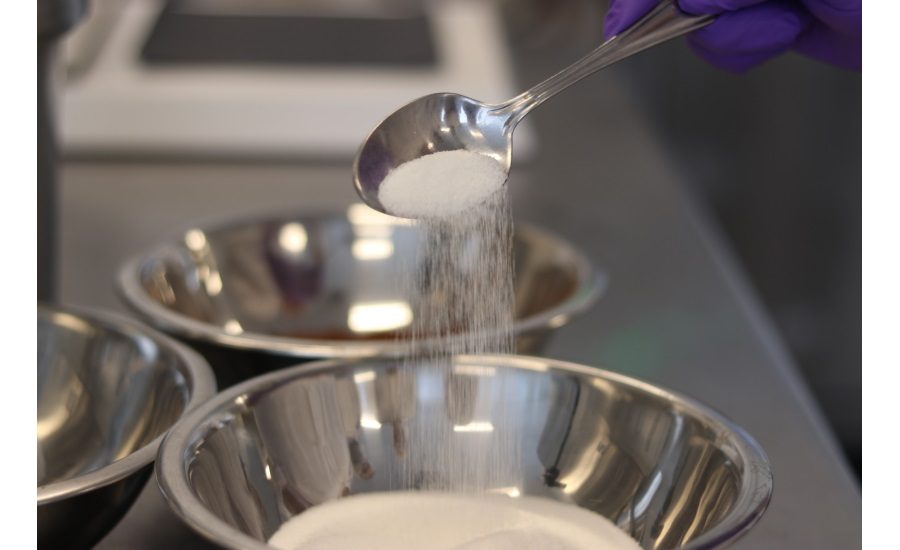



Food Safety Strategies was recently able to talk to Paul Medeiros, managing director, consulting and technical services at NSF International, Ann Arbor, MI, about COVID-19 exposure in relation to food manufacturing.
Liz Parker: How can food manufacturing facilities minimize the risk of disease during COVID-19?
Paul Medeiros: There’s no magic bullet. COVID-19 risk is controlled primarily by focusing on The 3 C’s (Closed Spaces with poor ventilation, Crowded Places with many people, and Close Contact Settings with close-range conversations for extended periods of time. Failures in these areas are what contribute the most to COVID-19 outbreaks.
Additionally, food manufacturers should take a Systems Approach and incorporate COVID-19 controls directly into existing food safety and quality management systems or into employee safety systems. There’s no need to create a whole new manual when the existing ones can be updated. Systems are critical to the continued and consistent adoption of and compliance to a company’s COVID-19 protocols. These systems are also one of the foundational elements of a strong employee culture.
It’s also important to focus on employee engagement and organizational culture. Involve employees up front with establishing the protocols. Obtain regular feedback from employees; daily huddles or pre-shift meetings are a great way to both give and receive important feedback.
Finally, employers are wise to look out for pandemic fatigue. Recognize that employees, management and customers are experiencing what’s often referred to as pandemic or COVID-19 fatigue. Even people who were vigilant about COVID controls at the beginning of the pandemic might start relaxing a bit as the months wear on. Avoid distractions like recent news reports about COVID-19 infections from food, which are unproven, and remember the importance of the 3 C’s as well as other controls related to personal hygiene and sanitation.
LP: How has the pandemic posed challenges to food processing plants?
PM: Food processing plants have been linked to many COVID-19 outbreaks. One of the main reasons food processors experienced many outbreaks is that unlike other manufacturing sectors that were shuttered, food plants remained operational. Beyond that, food plants face these other inherent challenges:
- They’re indoors and (especially in meat and produce) are often cold and damp
- They’re noisy, which makes proper mask usage difficult
- As in the case of bakeries, they can become very hot which also makes proper mask usage difficult
- They’re fast-paced and crowded
- The work is manual, meaning there’s often heavy breathing involved
- There’s a lack of daylight (SARS-COV2 hates sunlight)
- Workers at food processing facilities often work together, live together and commute to the production facility together
However, food companies have an advantage that many other companies don’t. For decades, they have operated under strict personal hygiene and sanitation requirements. No food plant employee should be unfamiliar with hand washing, for example. Sticking to the handwashing theme, unlike most not-food production facilities, you’ll find hand washing facilities located within easy reach of employees. Finally, food companies are used to operating with systematic controls, so applying COVID-19 protocols to those existing systems gives food companies a head start. The interesting thing here is that many companies are not taking advantage of their advantages. For example, food companies are knowledgeable in conducting food safety risk assessments, but we’re finding that not all of them have conducted a formal COVID-19 risk assessment. A COVID-19 risk assessment is a systematic look at all common touch points and people-proximity points. These points can be physical (a room or a punch clock) or can be activities (meetings, maintenance, product development). Once itemized, each is activity is assessed for transmission risks and from there adequate and practical controls are applied.
LP: What are some new standard protocols enacted to minimize the risk of COVID-19 in plants?
PM: The typical tried-and-true protocols continue to be important. The following controls are key: establishing employee cohorts, employee health screening, reconfiguring communal work environments, staggering break times and providing face coverings for employees.
Beyond those, there is a growing movement toward technology, especially as we come to realize this is the ‘new normal’ and it will likely be here for a while. Making tasks and equipment ‘contact-free’ is becoming more and more common, whether it involves punch clocks or automatic doors and water taps. More companies are also utilizing infrared temperature scanners to screen all employees and visitors entering the facility.
Food plants are also taking a closer look at risk factors outside the workplace. Educating employees on best practices in their home or providing support with transportation can reduce the risk of employees acquiring the infection, which in turn helps to reduce the risk in-plant.
LP: How are food and beverage manufacturing facilities ensuring that they’re upholding a healthy environment for both employees and consumers?
PM: Beyond the items mentioned earlier, food plants are also utilizing independent assessments of their practices like the Checked by NSF program. These can include either ‘bolt-on’ COVID-19 assessments to existing food safety audits or full-fledged COVID-19 assessments. NSF’s program offers such an assessment that provides assurance to employees and customers that the food plant has put in place the most current compliance practices.
Looking for a reprint of this article?
From high-res PDFs to custom plaques, order your copy today!




